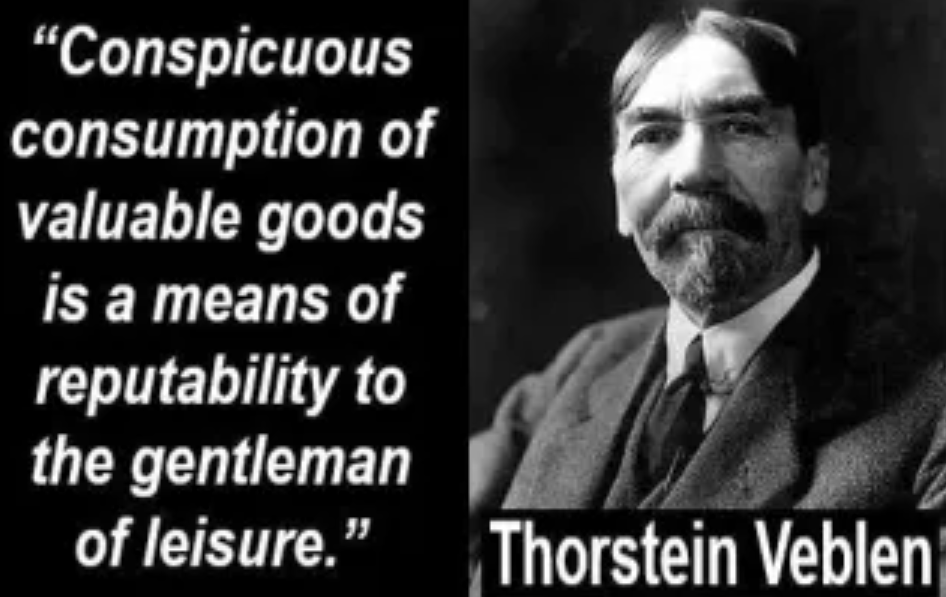What is it?
The Veblen Paradox, named after the American economist and sociologist Thorstein Veblen, describes a situation in which people’s demand for certain goods increases as their prices rise, contrary to the typical law of demand.
This paradox occurs with Veblen goods, which are seen as status symbols.
The higher prices of these goods make them more desirable because they confer prestige and social status on their owners.
Veblen goods include luxury items such as high-end fashion, expensive cars, and exclusive watches. The paradox reflects the idea that some consumers derive utility not just from the functional aspects of a good, but also from the perception of exclusivity and the signal it sends about their social standing.
Key points of the Veblen Paradox include:
- Conspicuous Consumption: People purchase these goods not only for their intrinsic value but also to display wealth and social status.
- Inverse Demand Relationship: Unlike ordinary goods where demand decreases as price increases, demand for Veblen goods can increase with price.
- Social and Psychological Factors: The desire for Veblen goods is driven by social norms, peer pressure, and the psychological benefits of owning something rare and expensive
Pros of the Veblen Paradox
- Increased Revenue for Luxury Brands – Luxury brands can charge premium prices and still maintain or even increase demand, leading to higher revenues and profit margins.
- Economic Growth – The luxury goods market contributes significantly to the economy, providing jobs and stimulating economic activity in related sectors such as retail, marketing, and manufacturing.
- Quality and Innovation– High prices can fund research, development, and innovation, leading to superior quality and unique products that might not be feasible in lower-priced segments.
- Cultural Value – Veblen goods often hold cultural significance and heritage, preserving traditional craftsmanship and promoting artistic expression.
- Status Signaling – Consumers derive personal satisfaction and social prestige from owning high-status items, enhancing their social capital and self-esteem.
Cons of the Veblen Paradox
- Income Inequality – The phenomenon can exacerbate social and economic inequality, as only the wealthy can afford such goods, creating a wider gap between different socioeconomic groups.
- Conspicuous Consumption – It encourages consumption driven by the desire to display wealth rather than by genuine need or utility, leading to potentially wasteful expenditure.
- Market Distortion – Veblen goods may distort market dynamics, as prices and demand are influenced more by status perception than by actual value or utility.
- Pressure on Consumers – Social pressure to keep up with peers or maintain a certain image can lead to financial strain, particularly if individuals spend beyond their means.
- Resource Misallocation – Resources may be diverted towards the production of luxury goods rather than essential or more broadly beneficial products, impacting overall societal welfare.
- Environmental Impact – The production of luxury goods often involves significant resource use and environmental impact, contributing to sustainability concerns.
Summary
The Veblen Paradox highlights a unique intersection between economics, psychology, and sociology, reflecting how consumer behaviour can deviate from traditional economic theories.
While it benefits luxury brands and can drive economic growth and innovation, it also raises important questions about social equity, consumer behaviour, and resource allocation.
Understanding these pros and cons is crucial for policymakers, businesses, and consumers in navigating the complexities of markets influenced by status and prestige.


Recent Comments